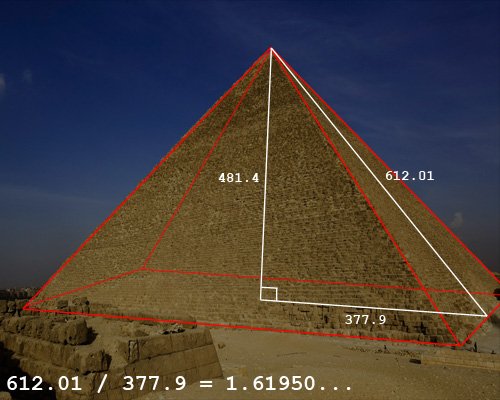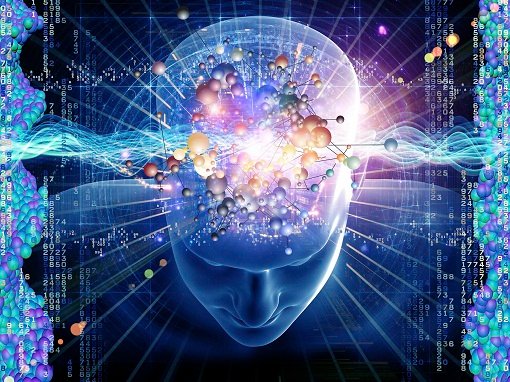
“Look deep into nature and you will understand everything better” – Albert Einstein
The seemingly chaotic workings of nature around us have in fact universal ratios that seem to be at play and they don’t seem to have been put in place by us. Every living creature on the planet follows the same patterns of growth from dolphins, the logarithmic spirals of seashells to the reproductive ancestry of a bee hive. All of it is using the Fibonacci sequence. This is encoded data and is represented by mathematics.
The proportions of a human body, the florets of a flower, the scales of a pineapple, a grain of wheat, the branches of a tree, sections of an apple, a single cell right up to a swirling galaxy all share in common a ratio.
The Fibonacci sequence was named after Leonardo of Pisa, also known as Fibonacci. He studied ancient Sanskrit text and Indian mathematics and published this knowledge to the Western world for the first time in his book Liber Abaci in 1202 AD.
The sequence follows as such:
1, 1, 2, 3, 5, 8, 13, 21, 34, 55, 89, 144…. et cetera. The pattern here is adding the previous two numbers to determine the next. These numbers can also be expressed as a ratio called The Golden Ratio which is 1.618.
It means that living organisms in our known universe are following a universal structure. A blueprint if you will. The sequence allows for a maximum efficiency when organizing the pollen structure of a sunflower for instance so it could just be nature’s way of evolving the best methods of organizing and growing living things on the planet. However, it doesn’t just apply to our perception of living things. Spiral galaxies often follow the same sequence and as above, so below. The pattern has even been suggested to affect human DNA structure.
Now, as humans, we are often attributed to looking for patterns where none exist. We have been known to apply logic to chaos to find order and bring structure to our lives. However, this is not the case with this sequence. In fact, we have used this sequence and its related Phi ratio to create some of the greatest pieces of art and architecture. Masters such as Leonardo da Vinci used the sequence and the associated Golden Ratio in his artwork and these ratios have been used in the construction of the most famous structures like the Parthenon and the Great Pyramid of Giza.

The Ancients knew about these naturally occurring, encoded ratios in nature and they replicated them into their work. However, what puzzles me is how this ratio that can be determined using basic mathematics came to be encoded into the natural world.
So how did we end up in a universe that behaves like this?
Matter consists of nothing but pure frequency that gives the impression of being matter by creating the vibration which creates a physical response. Nature uses all sorts of mathematical languages. If we look closely at natural phenomena we can usually determine a mathematical pattern. In this way, humans have been able to use mathematics as a universal language to describe our reality.
We can also look at such mathematical techniques as the Fourier transform. The Fourier transform is used in many different fields such as engineering, physics and holography. The mathematics is used to create a hologram. It was created in the nineteenth century by French physicist Joseph Fourier and only in the twentieth century did we discover that the brain uses exactly the same mathematics to decipher sensory information.
So the brain uses the same mathematics to interpret the world around us as is used in a hologram…. Roll that one around your mind a while…..
If the universe is a hologram, if all we see, touch, smell, hear and taste is just a construct, then it is easy to understand how we find mathematics so engrained in the reality around us. It is the same way we are able to ascertain the measurements of the ancients. We look for patterns in their structures and extrapolate the information from the data provided. Could we be doing the same with the very reality that we perceive on a day to day basis?

If we look at the Wikipedia page for the Fibonacci sequence we are told how it is present in architecture and art but there is no mention of how it is present in the human arm or that is has all kinds of applications in the world around us. Relative to the content of the Wiki entry, the section on the sequence in nature is very small. We are not told through mainstream media channels that DNA is an exemplification of this sequence of numbers and that this extends from flowers, plants, animals and humans up to tornadoes, hurricanes, planets and the structure of galaxies!
How could this be overlooked? Why isn’t this information in our education system? We are taught all sorts of geometry in secondary school and university yet we are not taught about the Golden Ratio being found all throughout nature.
Phi, the Golden Ratio, the Fibonacci sequence and other mathematics all point to some kind of design. This isn’t to say a Judeo-Christian or any other external God created the universe and encoded mathematics throughout. The design could very well be of subjective creation. We create our own universe and the illusion that we call reality is perceived using mathematics to decode and project the hologram around us.
However way you look at this, it is very strange and mostly unknown in our society. Mainstream science ignores it almost completely. However, this knowledge was known by the ancients. They knew about the ratios in nature and they also professed that all reality is an illusion. So from this, we can delve deeper into uncovering what they can tell us about our forgotten wisdom…..
